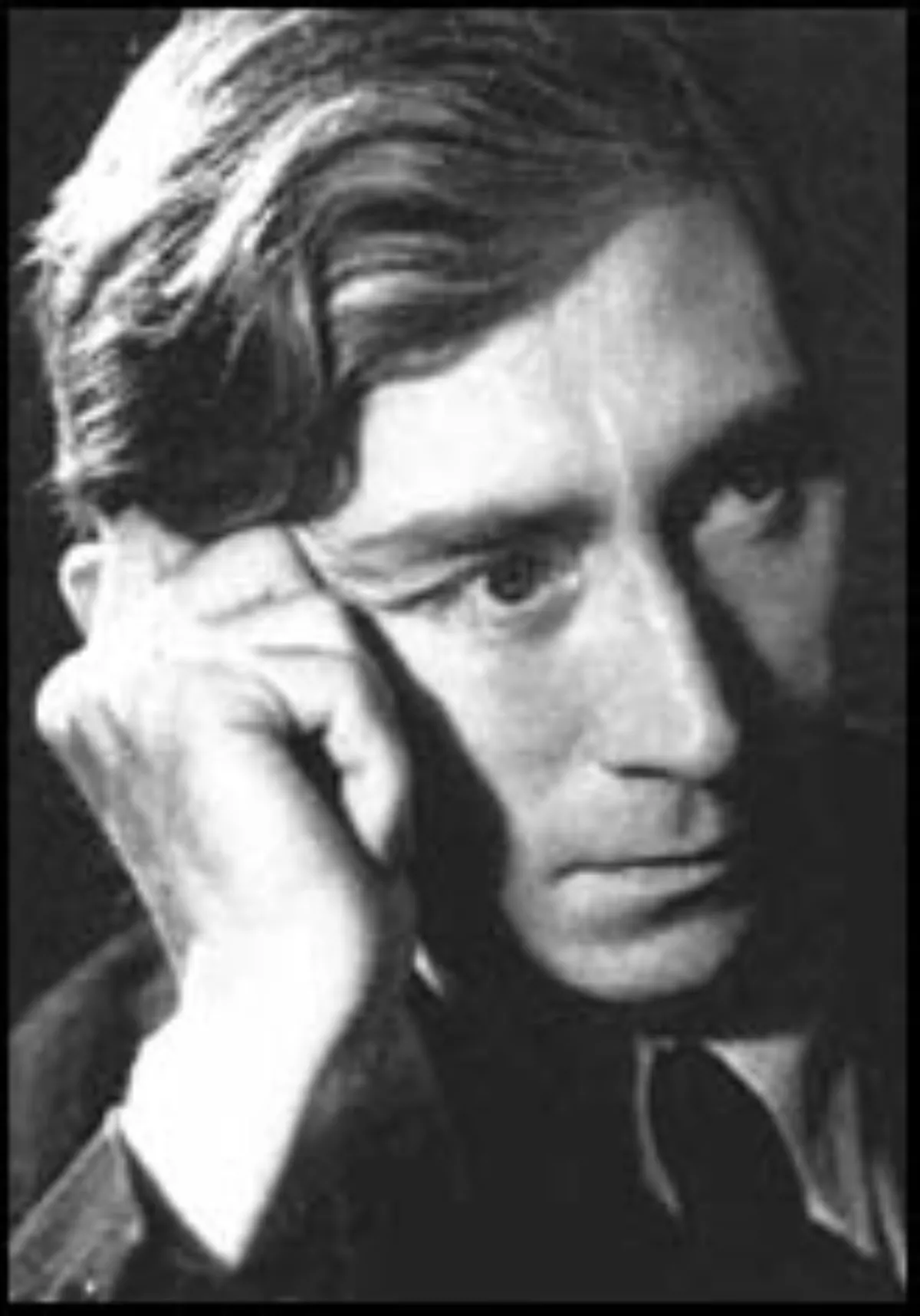 1.
1. Herbert Read was a professor of fine art at Edinburgh University from 1931 to 1933, a lecturer in art at the University of Liverpool, Leon Fellow at University of London, and Charles Eliot Norton Professor of Poetry at Harvard University.

 1.
1. Herbert Read was a professor of fine art at Edinburgh University from 1931 to 1933, a lecturer in art at the University of Liverpool, Leon Fellow at University of London, and Charles Eliot Norton Professor of Poetry at Harvard University.
The eldest of four children of tenant farmer Herbert Edward Read and his wife Eliza Strickland, Read was born at Muscoates Grange, near Nunnington, about four miles south of Kirkbymoorside in the North Riding of Yorkshire.
Herbert Read was commissioned in January 1915, and received both the Military Cross and the Distinguished Service Order "for conspicuous gallantry and devotion to duty" in 1918.
Herbert Read contributed to the Criterion and he was for many years a regular art critic for The Listener.
Herbert Read cared deeply about style and structure and summarized his views in English Prose Style, a primer on, and a philosophy of, good writing.
Herbert Read was a champion of modern British artists such as Paul Nash, Ben Nicholson, Henry Moore and Barbara Hepworth.
Herbert Read became associated with Nash's contemporary arts group Unit One.
Herbert Read was professor of fine arts at the University of Edinburgh and editor of The Burlington Magazine.
Herbert Read was one of the organisers of the London International Surrealist Exhibition in 1936 and editor of the book Surrealism, published in 1936, which included contributions from Andre Breton, Hugh Sykes Davies, Paul Eluard, and Georges Hugnet.
Herbert Read was one of the earliest English writers to take notice of existentialism, and was strongly influenced by proto-existentialist thinker Max Stirner.
From 1953 to 1954 Herbert Read served as the Norton Professor at Harvard University.
Herbert Read's Phases of English Poetry was an evolutionary study seeking to answer metaphysical rather than pragmatic questions.
Politically, Herbert Read considered himself an anarchist, albeit in the English quietist tradition of Edward Carpenter and William Morris.
Nevertheless, in the 1953 New Year Honours he accepted a knighthood for "services to literature"; this caused Herbert Read to be ostracized by most of the anarchist movement.
Herbert Read was actively opposed to the Franco regime in Spain, and often campaigned on behalf of political prisoners in Spain.
Herbert Read was the chairman of the Freedom Defence Committee founded in 1945.
Herbert Read became a pioneer in the English-speaking world in the use of psychoanalysis as a tool for art and literary criticism.
Originally a Freudian, Herbert Read came to transfer his allegiance to the analytical psychology of Carl Jung, eventually becoming both publisher and editor-in-chief of Jung's collected works in English.
Herbert Read perhaps was the closest England came to an existentialist theorist of the European tradition.
Herbert Read developed a strong interest in the subject of education and particularly in art education.
Herbert Read's anarchism was influenced by William Godwin, Peter Kropotkin and Max Stirner.
Herbert Read, in making his collection, was unexpectedly moved by the expressive power and emotional content of some of the younger artists' works.
Herbert Read's newly expressed view of an essential 'continuity' of child and adult creativity in everyone represented a synthesis' the two opposed models of twentieth-century art education that had predominated until this point.
Herbert Read did not offer a curriculum but a theoretical defence of the genuine and true.
On 11 November 1985, Herbert Read was among 16 Great War poets commemorated on a slate stone unveiled in Westminster Abbey's Poet's Corner.
Herbert Read was the father of the well-known writer Piers Paul Read, the BBC documentary maker John Read, the BBC producer and executive Tom Read, and the art historian Ben Read.